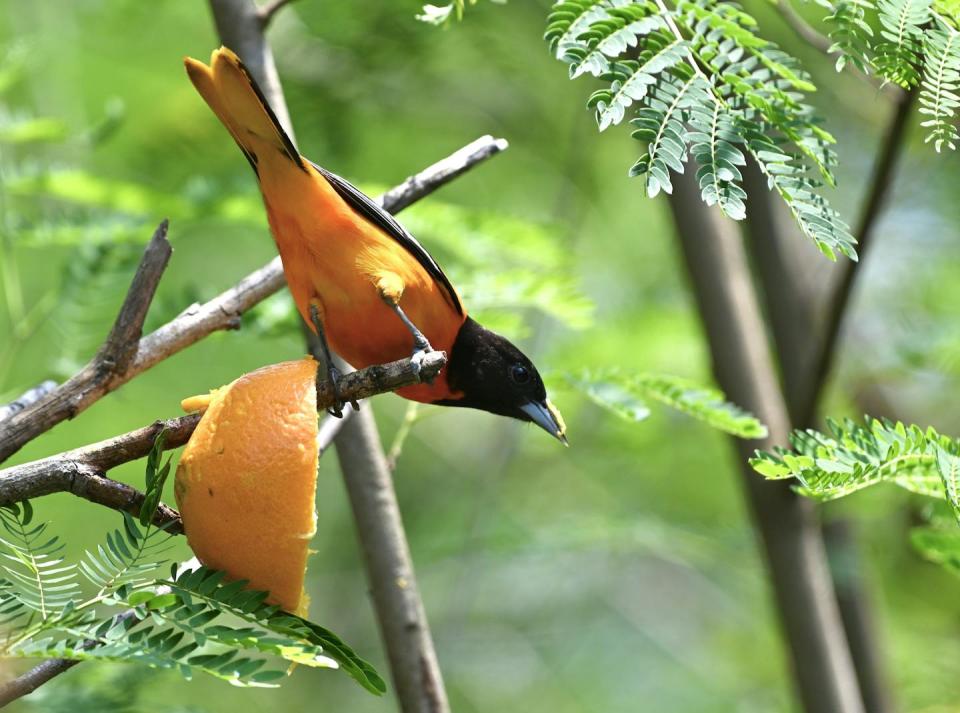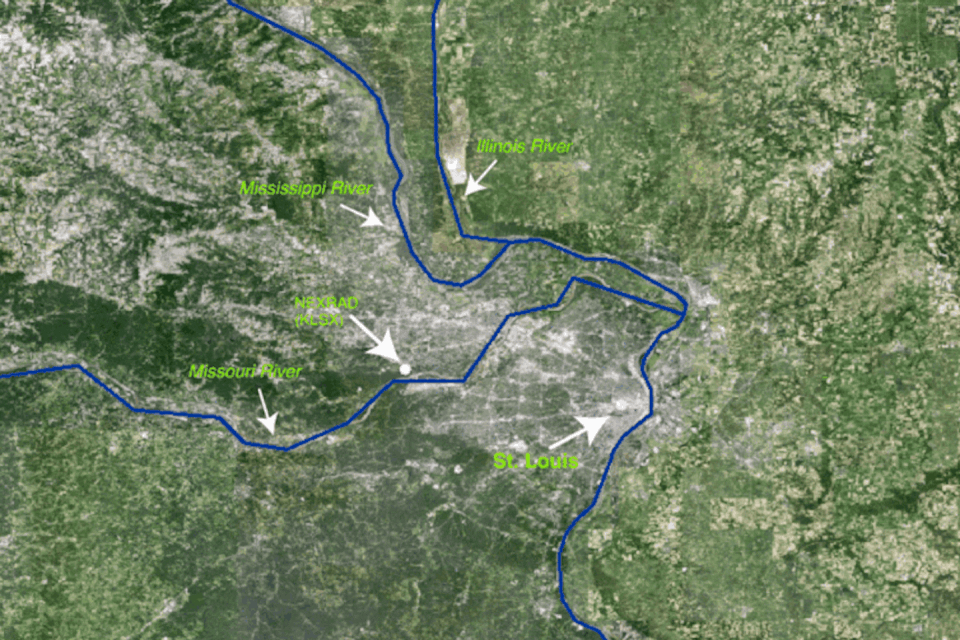Light pollution has become increasingly concentrated and expanded in urban areas, and with the advent of LED lighting, it is increasing by up to 10% per year in North America based on the visibility of stars in the night sky. In our latest research, we found that glow from cities and urban slums can strongly attract migratory birds, luring them to developed areas where food is scarcer and where they face threats such as crashing into glass buildings.
Every spring and autumn, migratory birds travel to and from their breeding grounds, sometimes traveling thousands of kilometers. Along the way, most birds need to stop to rest and feed. Some species burn half their body mass during migration.
Migratory stopovers are not random, and birds often use the same locations from year to year. Because migration occurs on a continental scale, with billions of birds crossing North America each migration season, it is important for scientists to understand what attracts birds to these places.
We find that light pollution is the most important determinant of migratory bird density at stopover sites for both spring and fall migration in the continental United States.
Why is it important?
Nearly all (about 80%) of North America’s birds migrate each spring and fall. 70% of migrating species travel at night.
Nocturnal migration has many adaptive benefits: For example, weather conditions are better and fewer predators are active. However, it makes many migratory birds highly sensitive to light pollution. It is estimated that up to 1 billion migratory birds die each year from crashing into buildings in North America alone.
Scientists don’t yet know why night-migrating birds are attracted to artificial light, but research has shown that light pollution acts as a factor that increases the attraction of more songbirds to urbanized areas. It often occurs in conjunction with other environmental threats such as water, air pollution and noise. All these stressors disrupt the behavioral and physiological processes of birds during already extremely demanding journeys.
Lighting is part of the fabric of human structures, but many people don’t think of it as a pollutant or perceive its harmful effects on nature—until events like the mass bird loss in Chicago on October 4-5, 2023. The killing of 1,000 birds after a collision with the McCormick Place Convention Center makes the problem impossible to ignore.

How did we do our job?
Together with colleagues at Colorado State University, Michigan State University, University of Delaware, Cornell Laboratory of Ornithology, Princeton University, University of Massachusetts Amherst, and the National Park Service, we sought to understand the complex drivers and large-scale accommodation patterns. density by combining remote sensing data with geospatial tools. Mapping stopover sites has been a priority in bird conservation for many years; Now for the first time we have a complete view of where these breaks are in the United States.
Using US NEXRAD weather surveillance data (information from radars that meteorologists use to predict weather on television and weather apps), we were able to create new continental-scale maps. We built 2,500 models using nearly 1 million locations across the U.S. and 49 predictive variables, including forest cover, precipitation, temperature, altitude, and skyglow (the brightness emitted in the night sky from artificial light).
These maps capture fine-scale details that allow us to see increasing densities of migratory birds following the winding banks of the Mississippi River, which provides an important refuge for exhausted migrants to rest and refuel. We’ve also created fall and spring hotspot maps that highlight areas where particularly large numbers of birds are staying.


We found that the presence of light pollution was a better predictor of bird density than temperature, precipitation or tree canopy cover. These were all variables that we would expect to associate with periods when birds would be on the ground or with high-quality habitats where birds were likely to stay.
Other variables were related to areas that birds were less likely to use as stopovers. An example of this was the presence of agricultural crops such as corn or soybeans. Areas planted with a single crop do not provide adequate food or shelter for many bird species, so migrants are unlikely to rest there.
Light pollution is a human-caused change in the environment that can act as an ecological trap, attracting birds to substandard habitat and increasing the risk of crashing into buildings. Fortunately, its immediate effects can be quickly reversed with the flip of a switch.
Trying to reduce artificial light through Lights Out campaigns and migration warnings, understanding when birds will be in the airspace, and using bird-friendly glass with patterns on its surface that make it more visible to birds will reduce bird deaths caused by light pollution. Understanding the drivers and macroscale patterns of lodging densities in the continental United States will better inform conservation actions such as this.
Research Summary is a concise summary of interesting academic studies.
This article is republished from The Conversation, an independent, nonprofit news organization providing facts and authoritative analysis to help you understand our complex world. Written by: Carolyn S. Burt, Colorado State University and Kyle Horton, Colorado State University
Read more:
Kyle Horton receives funding from the National Science Foundation and the National Aeronautics and Space Administration.
Carolyn S. Burt does not work for, consult for, own shares in, or receive funding from any company or organization that would benefit from this article, and has disclosed no relevant affiliations beyond her academic duties.